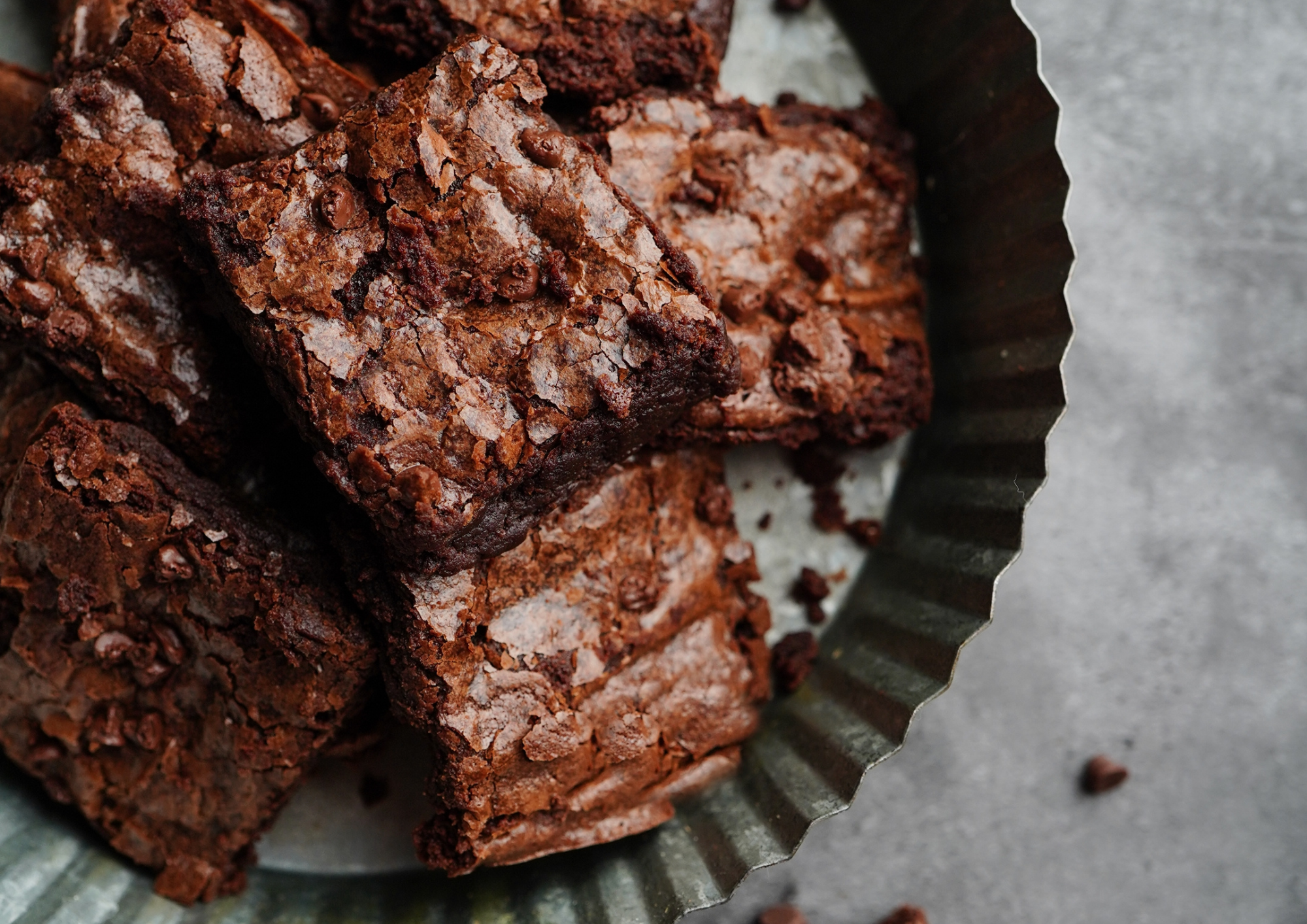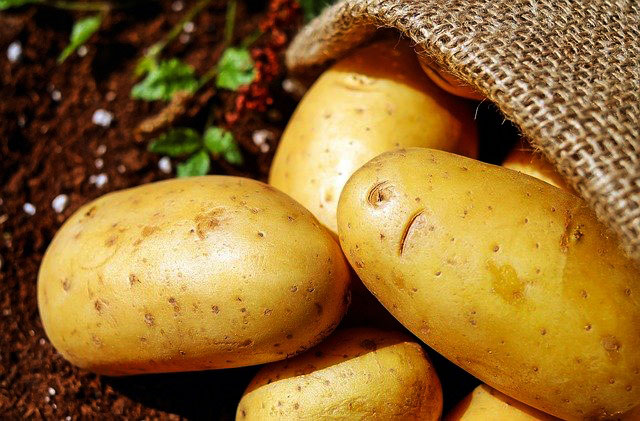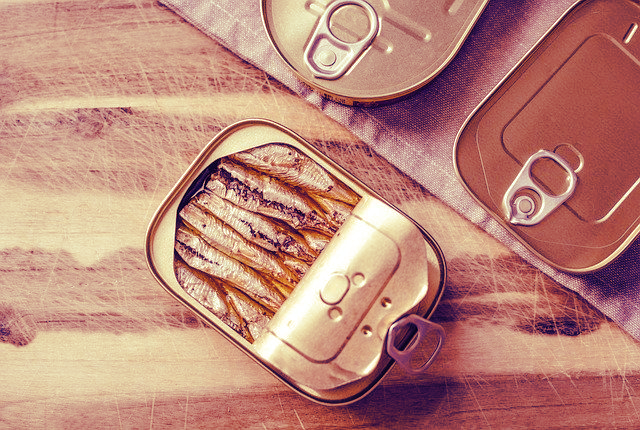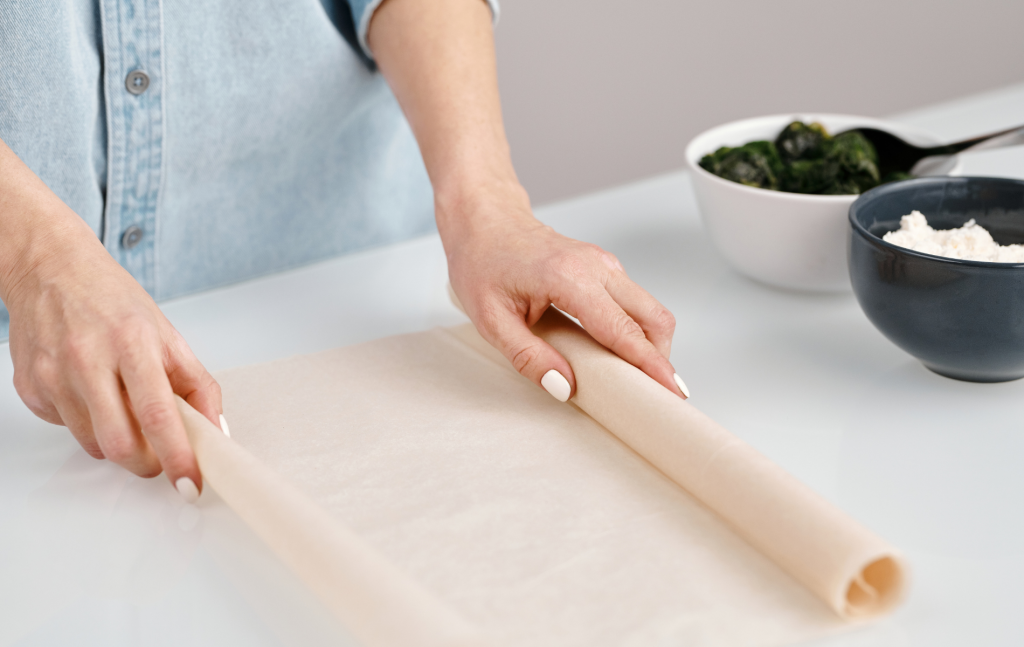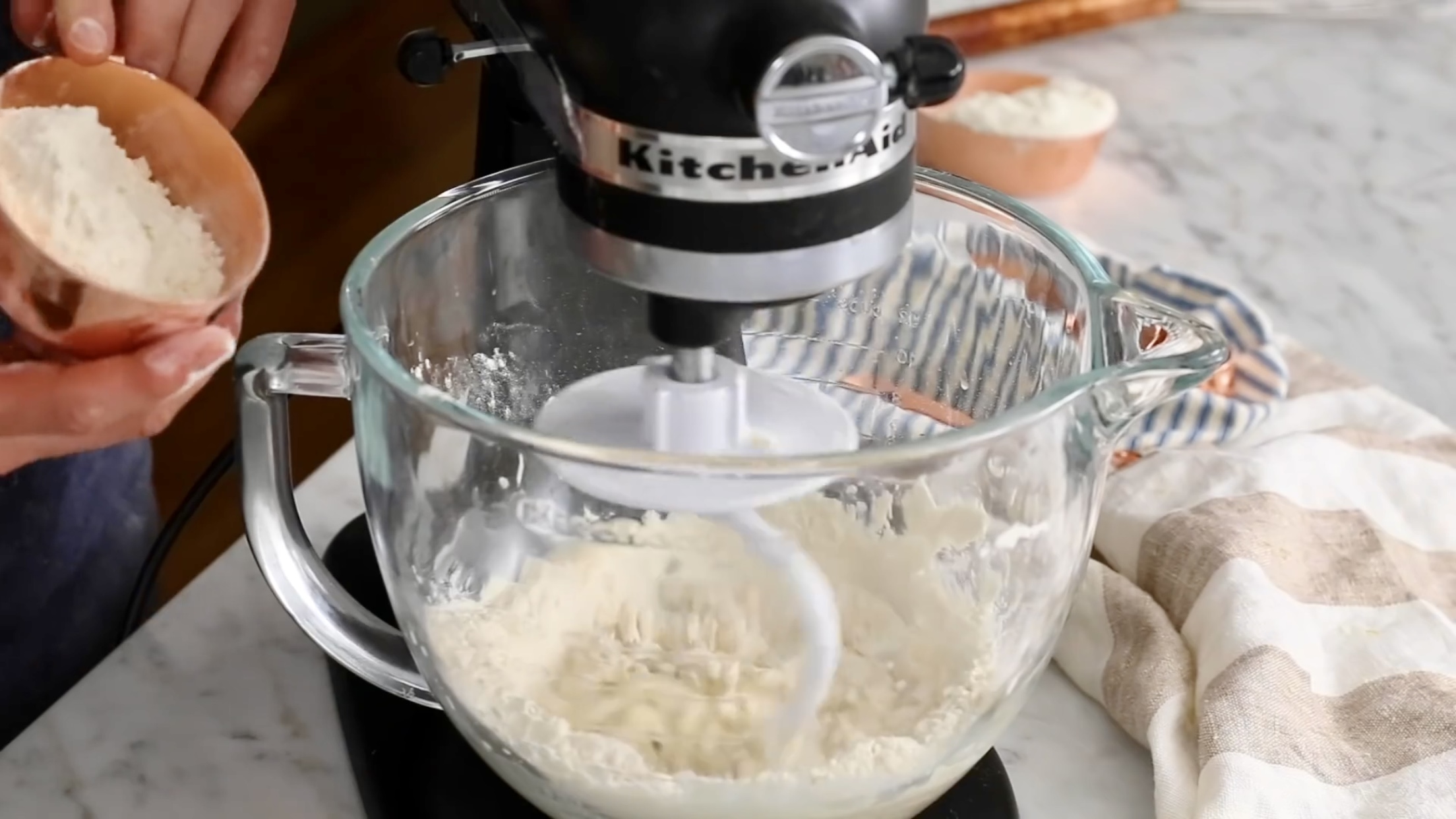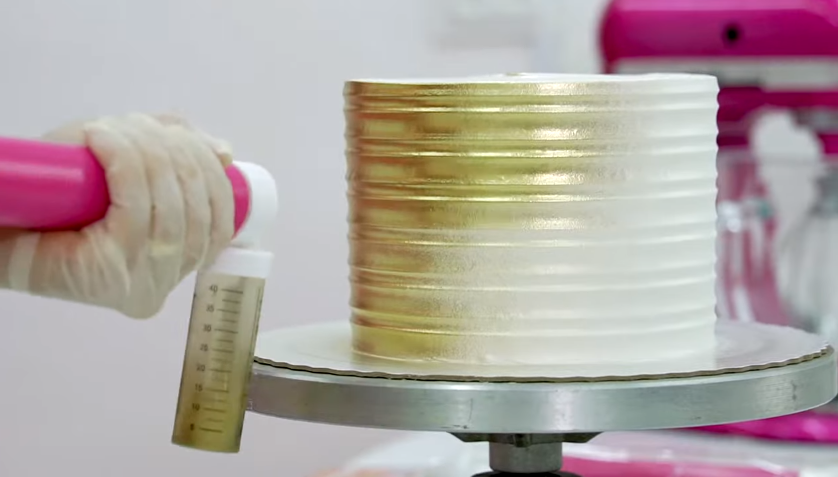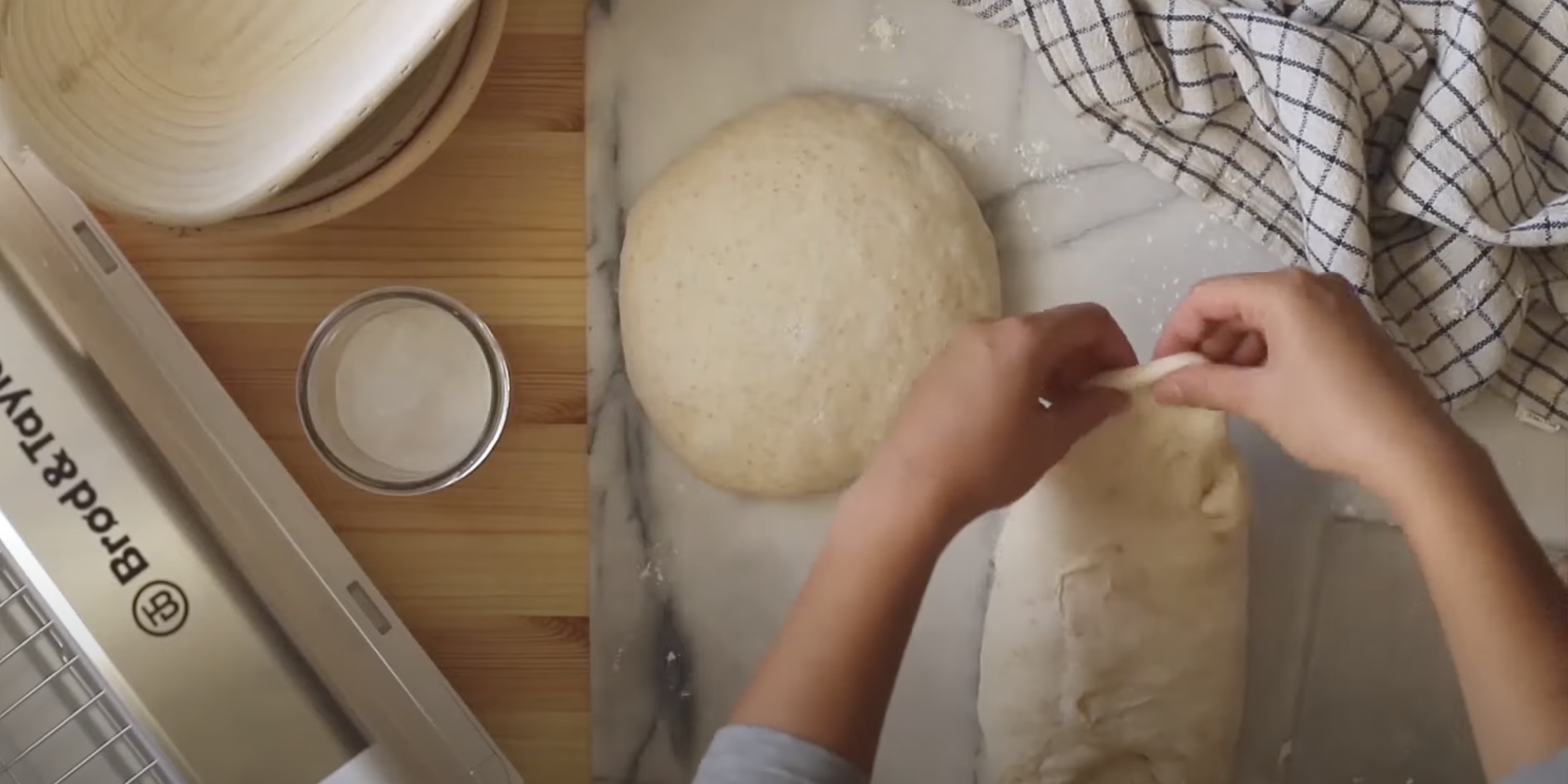About
BUY THE RIGHT SIZE: look at your original flat beater. Compare number of internal legs and neck length; don't match mixer model number. See “Which blade do you need” graphic for more details
KA-TH Original BeaterBlade is compatible with KitchenAid tilt-head stand mixers with 4.5 - 5 Quart stainless and glass bowls
BeaterBlade pushes food down…not out of mixer; scrapes bowl all the way to the dimple and cuts mixing time by 50%
Use BeaterBlade as hand held spatula to transfer batter; do not use blade in an empty bowl
Always made in the USA and dishwasher safe
The Original BeaterBlade from New Metro Design is always made in the USA. The Original BeaterBlade replaces the flat beater that comes with most stand mixers, the patented Wing-Blade technology virtually eliminates the need for hand-scraping the bowl and pushes ingredients down to the dimple, in the bottom of the bowl, completely combining all ingredients, 50% faster. To achieve a fluffy, aerated mixture (think creamed butter and sugar), beat at a higher speed. To achieve a smooth, thick mixture (think cheese cake), beat at lower speed. Use the BeaterBlade as a hand-held spatula to transfer every bit of batter into the pan. KA-TH BeaterBlades are compatible with KitchenAid 4.5 - 5 Quart Tilt-Head stand mixers with metal or glass bowls. The best way to be sure you BUY THE RIGHT SIZE is to look at your original flat beater and compare and match the number of internal legs and neck length on both beaters, do NOT use your stand mixer model number; see the "Which Blade Do You Need" graphic for photo comparisons. Do not operate BeaterBlade in an empty mixing bowl. The Original BeaterBlade is always made in the USA, the frame is made from high impact plastic and the flexible plastic blades are free of rubber, silicone and Teflon. Dish washer safe for convenience and quick clean up!
- Type: Mixer attachment
- Color: White/gray
- Weight: 2.4 oz
- Made In: United States
- Warranty: 1 year
- Dimensions: 6-1/4" x 6-1/4" x 1"
- Composition: Plastic
- Manufacturer: NewMetro Design LLC
- Other versions: For 5-Quart KitchenAid Lift Mixers; For KitchenAid 6-Quart & 5-Plus Mixers; For KitchenAid Tilt-Head & Bowl-Lift Mixers, Red; For Cuisinart, DeLonghi, & Viking 7-Quart Mixers; Pro Food Service and Restaurant Use KitchenAid Tilt Head Models; Pro Food Service and Restaurant Use KitchenAid Bowl Lift Models, 5-quart; Pro Food Service and Restaurant Use KitchenAid Bowl Lift Models, 6-quart
Ambitions
| Apparent goal: | kids | gift/registry | home kitchens | restaurants | everywhere |
|---|---|---|---|---|---|
| Intended audience: | novice | advanced beginner | good home cook | gourmet | professional |
| Diet/nutrition: | does not apply | scary | empty promises | helpful | essential |
| Green?: | not especially | neutral | mixed blessing | earth friendly | green! |
| Innovative: | step back | standing still | progress | trendy | genius |
| Problem solving: | no better | baby steps | solid steps | giant steps | a revelation |
| Competition: | outclassed | follower | in the pack | strong challenger | likely champ |
Utility/Quality
| Ease of use: | impossible | frustrating | OK | simple | child's play |
|---|---|---|---|---|---|
| Intuitive: | Ph.D. required | barely | logical | effortless | brilliant |
| Instructions: | missing | incomprehensible | complete | unnecessary | excellent |
| Quality: | cheesy | questionable | good | years of service | impressive |
| Parts to lose: | inevitable | some/many | one-piece | self-storing | not a problem |
| Power source: | none | hands | batteries | outlet | mixer |
| Clean-up: | nightmare | wipe clean | soap & water | scouring pad | dishwasher |
| Does it work?: | not at all | adequately | well | very well | perfectly |
| Availability: | airfare required | online | kitchen store | department store | supermarket |
Packaging
| Easy to open?: | impossible | maddening | tolerable | good | opens itself |
|---|---|---|---|---|---|
| Green?: | fills a landfill | huge waste | passable | minimal waste | impressive |
Economy
| Time saving: | time wasting | not really | modest | substantial | huge |
|---|---|---|---|---|---|
| Labor saving: | less efficient | marginal | a bit | noticeable | remarkable |
| Money saving: | money wasted | none | $ | $$ | $$$ |
| Beats the old way: | worse | no change | better | definitely | entirely new |
| Where will it live?: | garage/attic | drawer | cabinet | countertop | elsewhere |
Summary
| Fulfills ambitions: | falls short | almost there | satisfies | exceeds | home run |
|---|---|---|---|---|---|
| How often used: | once/twice | ≥daily | ≥weekly | ≥monthly | ≥yearly/holidays |
| Worth the space?: | no | does not apply | w/unlimited space | w/limited space | absolutely |
| Need it?: | a luxury | discretionary | basic equipment | for serious cooks | get it |
| Value: | ouch! | a little pricey | worth splurging | on the money | a deal |
| Overall rating: | skip it | fair | good | very good | excellent |
Comments: We love, love, love the BeaterBlade. Not having to scrape down the sides of the mixing bowl, not having to fight the random location of the stopped beaters to get a spatula down to the bottom of the bowl, not mixing for a while and still finding a little pool of flour in the bottom of the bowl – all these frustrations are swept aside by the BeaterBlade.
The blade is engineered for use with high-end stand mixers, such as those from KitchenAid, Cuisinart, and Viking. It includes flexible rubber wings down both sides, which act as spatulas to continuously scrape the sides and bottom of the bowl. By scraping the batter while beating, folding, and mixing, the BeaterBlade can speed up the mixing process by as much as 50 percent.
Now, having said that, who does not love the BeaterBlade? – the manufacturer of your mixer.
Mary Rodgers, director of marketing communications for Cuisinart, says, "Cuisinart recommends using only those included accessories and optional attachments that are crafted specifically for the Cuisinart unit. This will ensure best results."
A spokeswoman for KitchenAid says, "At this time, no third-party bowl-scraper accessories are affiliated, endorsed, or approved for use by KitchenAid. Use of these unauthorized accessories is not recommended. If used frequently, third-party bowl-scraper designs may shorten the life of the stand mixer motor. Additionally, damage resulting from use of these non-approved accessories is excluded from warranty coverage."
For their part, the BeaterBlade folks say it has been scientifically verified that using the BeaterBlade puts no more load on your mixer's motor than when you use the dough hook to make bread. They say using the BeaterBlade saves wear and tear on the mixer because you don't have to stop it every so often to scrape the bowl.
Because the BeaterBlade is at least two times as thick as the blade that came with the mixer, it is possible to overmix your batter. We found it brilliant at creaming butter and sugar, making cookie dough, and other regular mixing tasks, but we did have to watch that it didn't go too far. The company says the BeaterBlade works best with cakes, cookies, frostings, quick breads, compound butters, meatloaf, pie fillings, mashed potatoes, gum paste, etc. If you are mixing a particularly thick batter or bread dough, you should use the regular mixer blade or the dough hook. You will get a feel for using the BeaterBlade over time, and the company says you will probably run the mixer two speeds below your regular settings as you get used to it.
You may need to change the height adjustment on your mixer to get the beater to just the right spot, but there are instructions on the package to help you do this.
The commercial BeaterBlade versions have been designed with stronger and more resilient materials that can withstand heavy use and higher dishwasher temperatures (the home versions are dishwasher-safe in the top rack).
You'll have to decide for yourself whether the added convenience and utility of the BeaterBlade is worth ignoring the mixer manufacturers' statements, the possibility of limiting the warranty, and even the prospect of a shortened mixer life. For our part, when it comes to the kitchen, we've always been happy to live a little bit on the edge. But then, you already knew that about us….
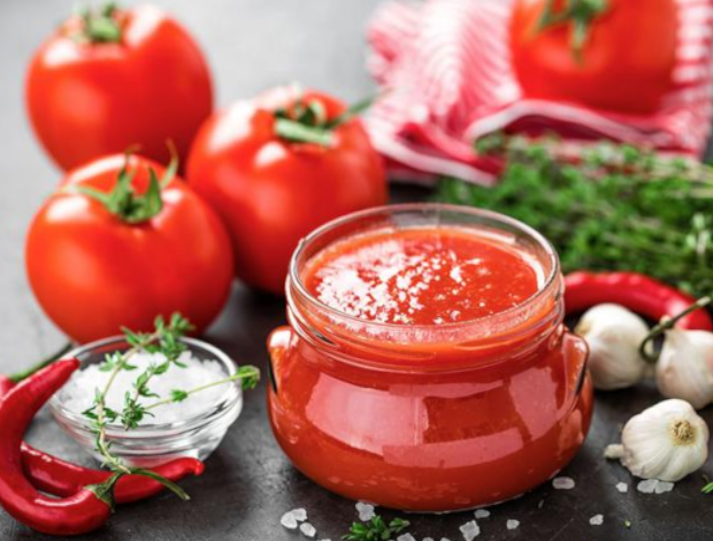
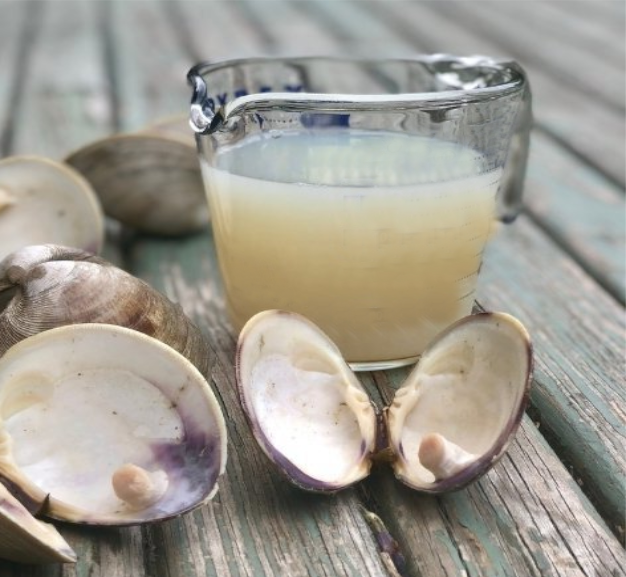
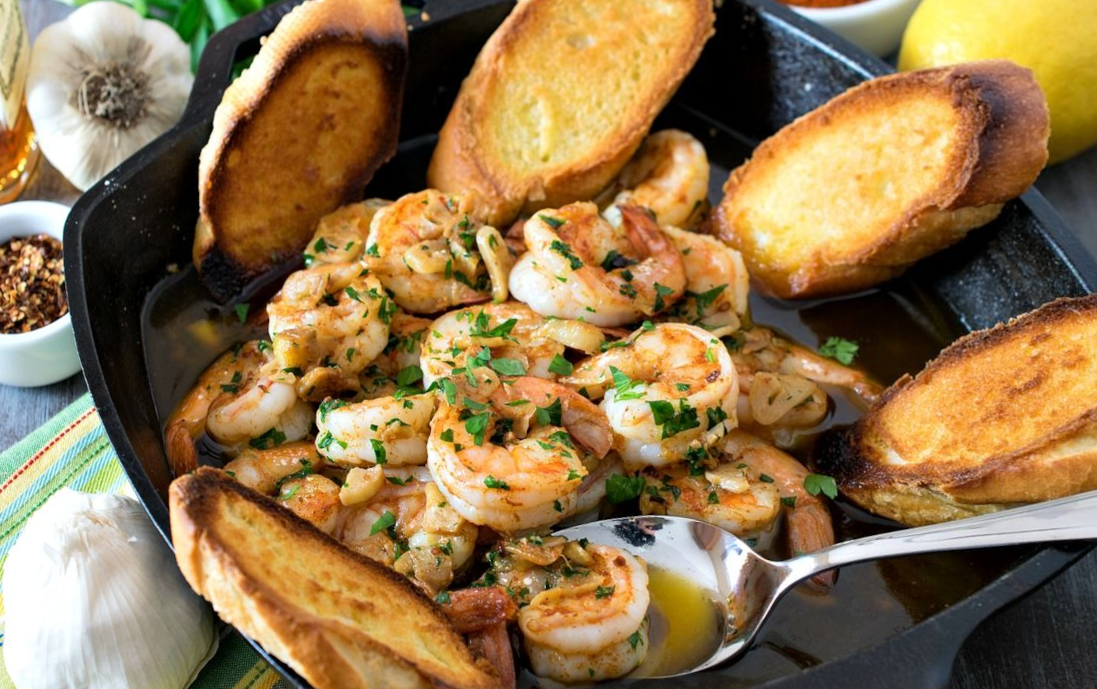

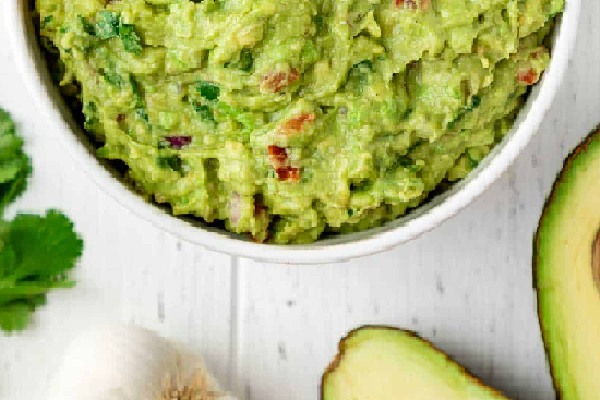

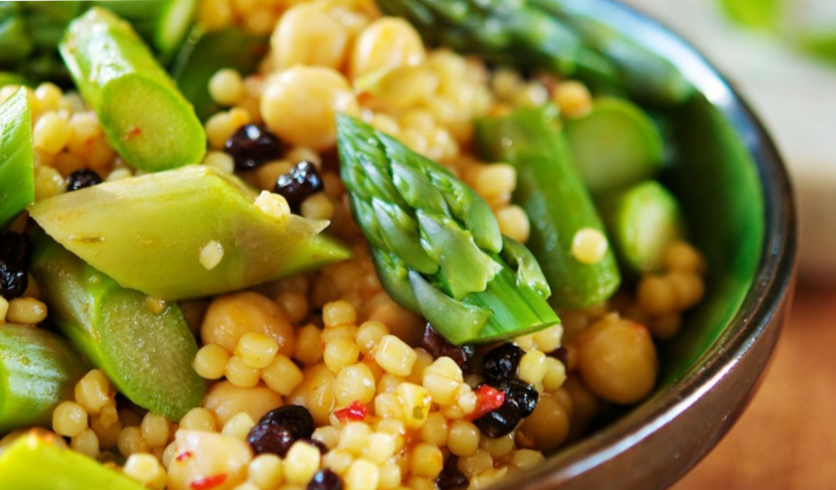

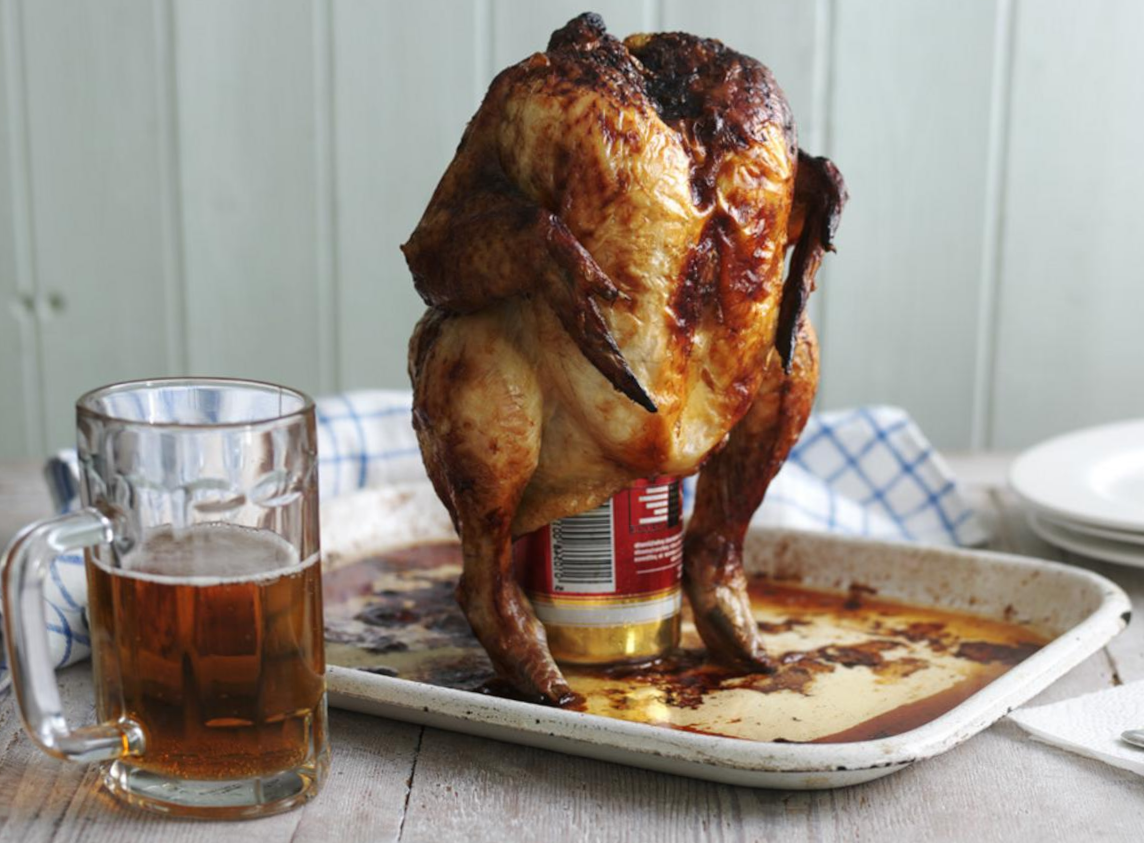
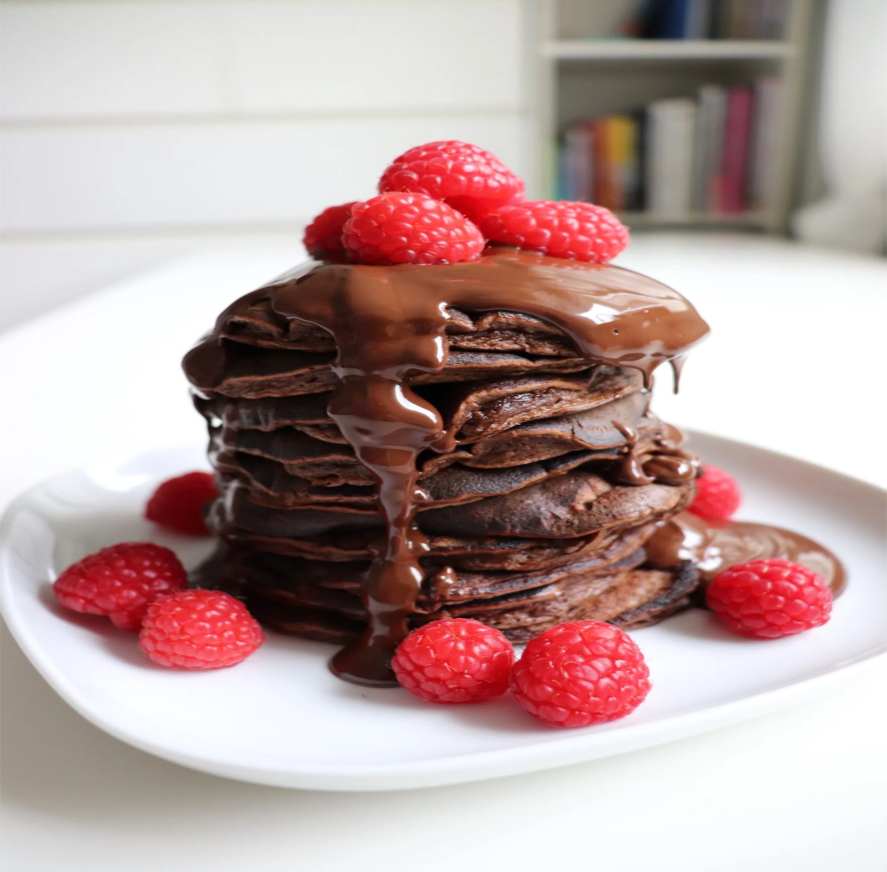
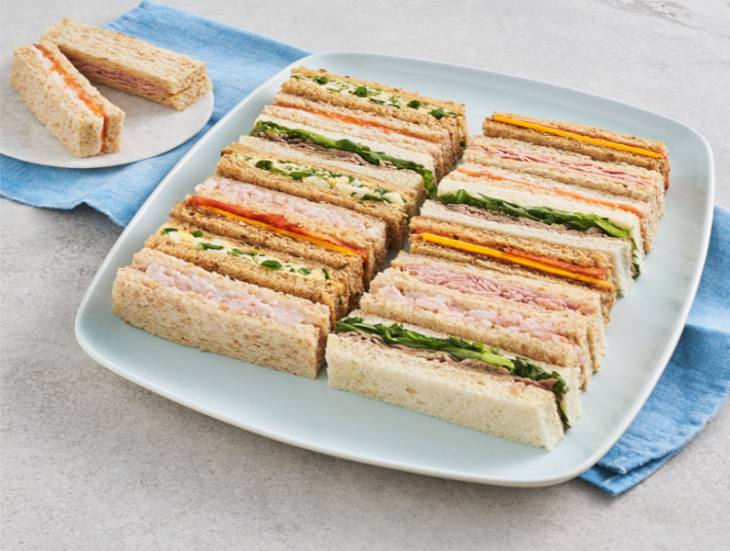




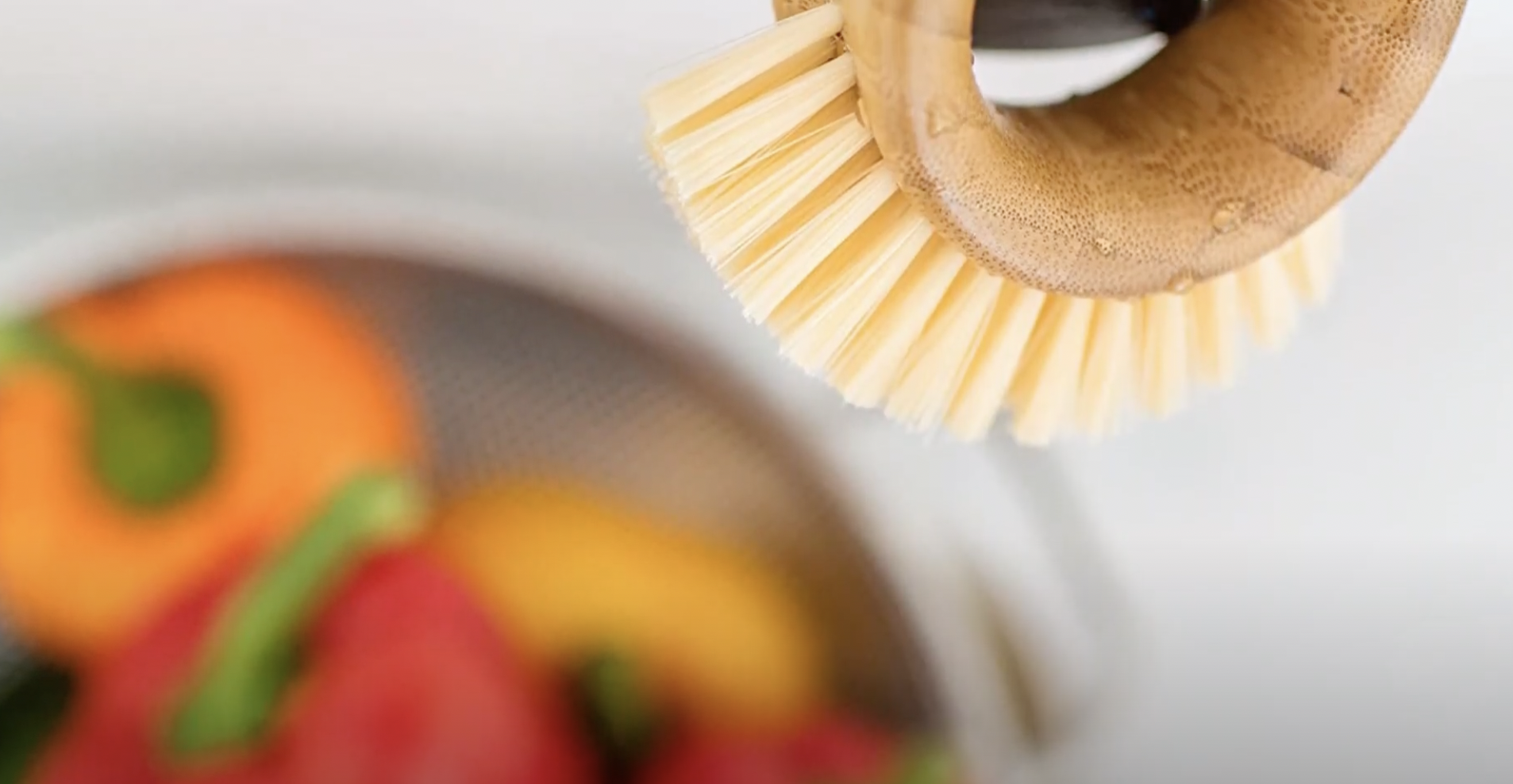
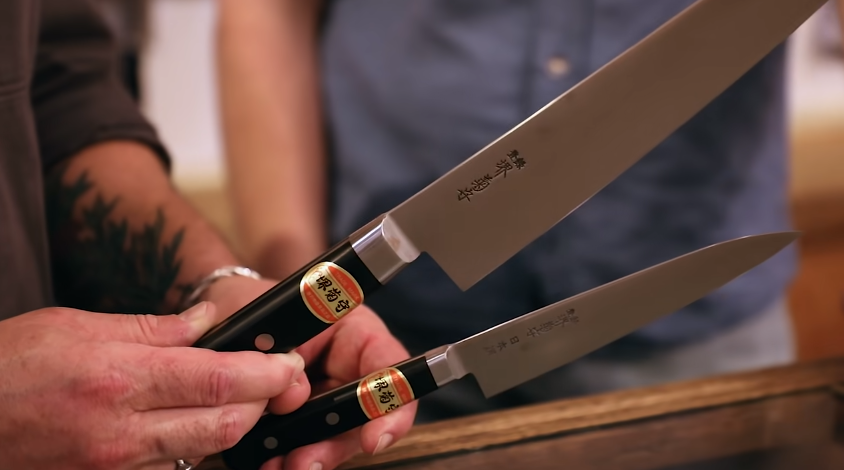
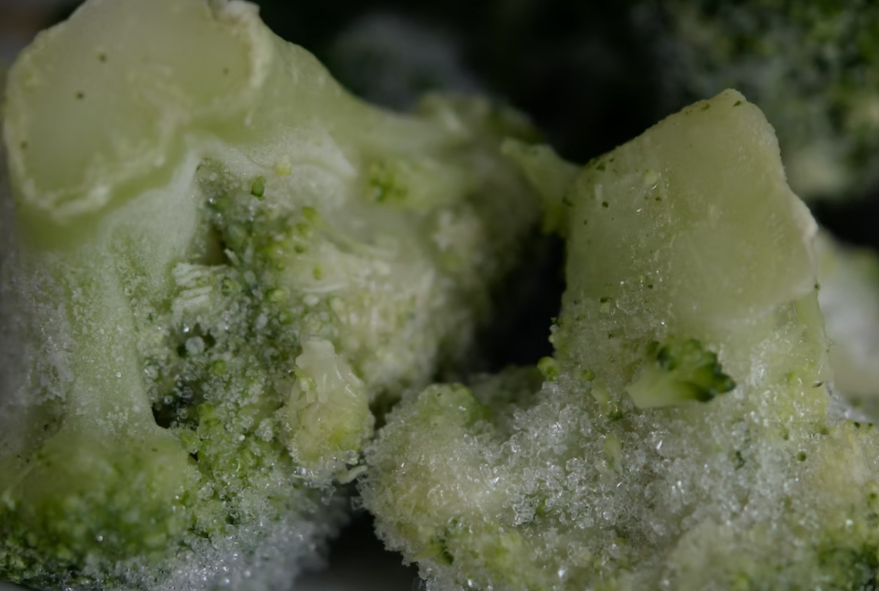
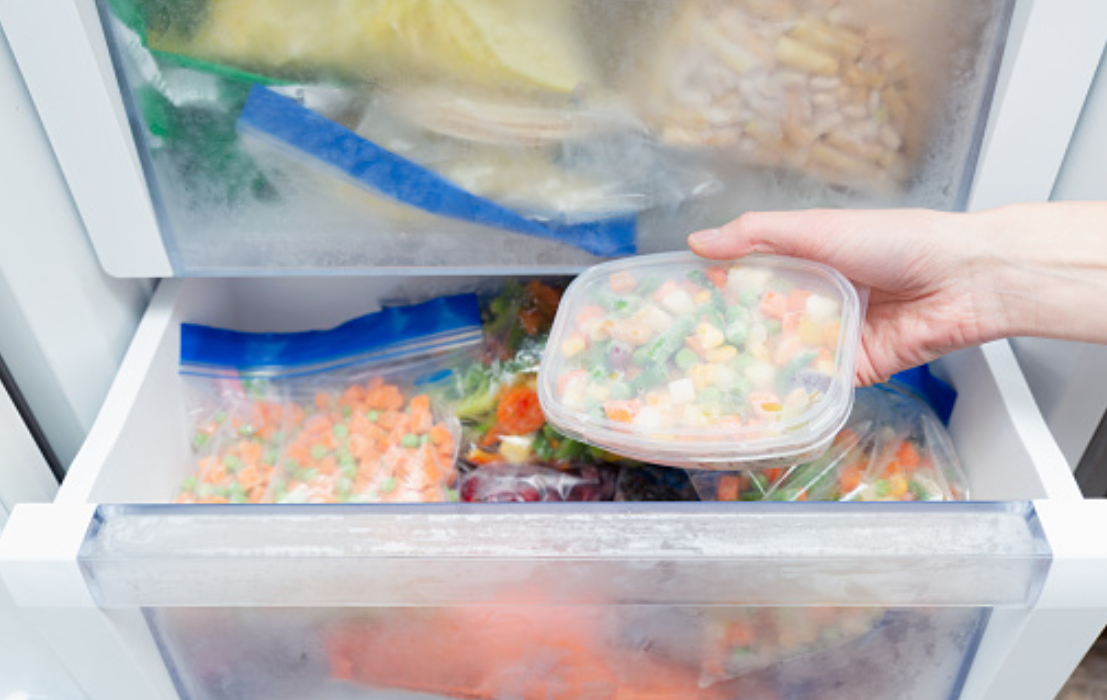
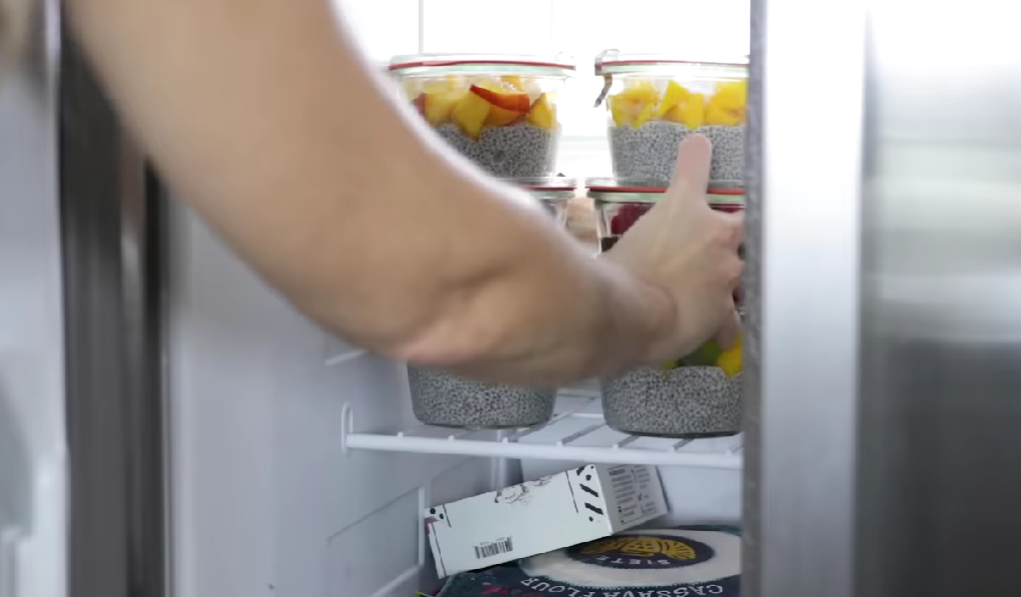
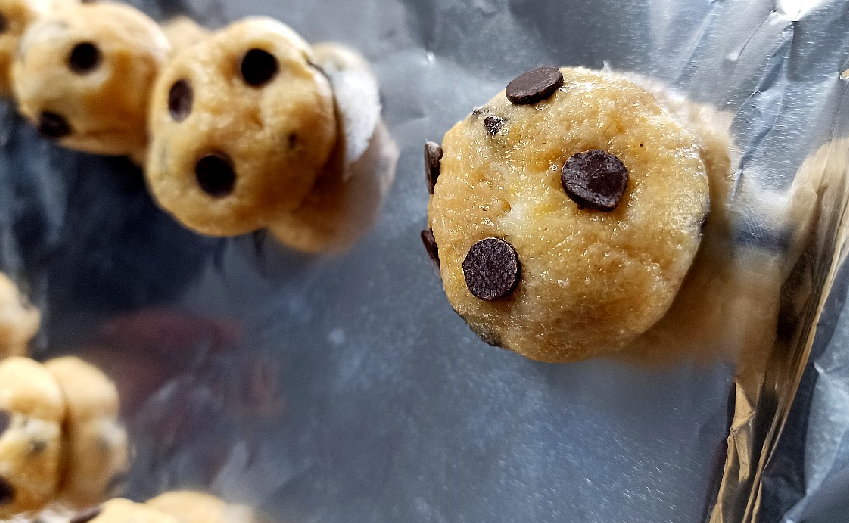
![Can you Cook Eggs in the Microwave? [Complete Guide]](/assets/images/c1f79d1cad59f18f9b5dc31403bd0eb2.png)
